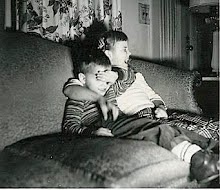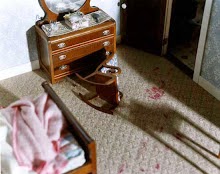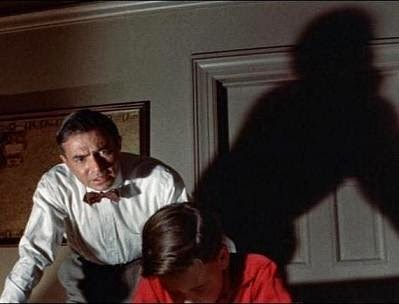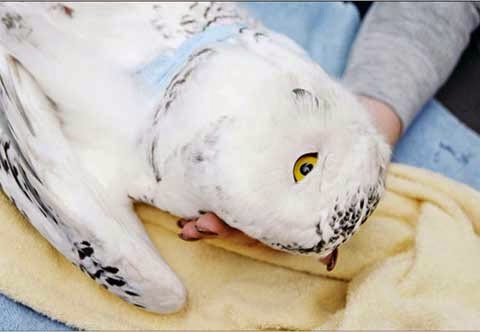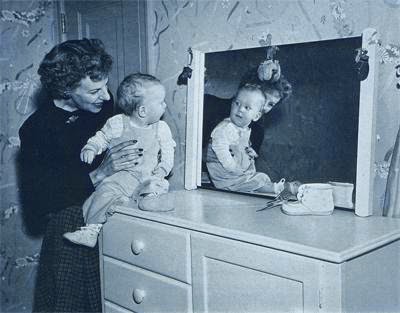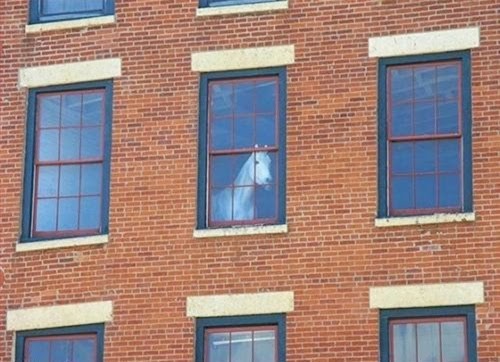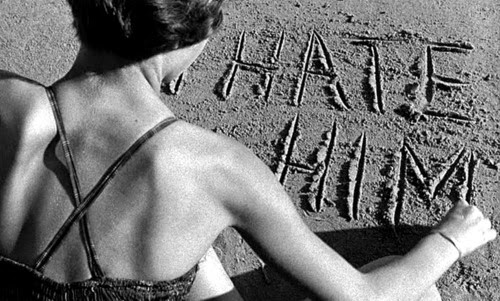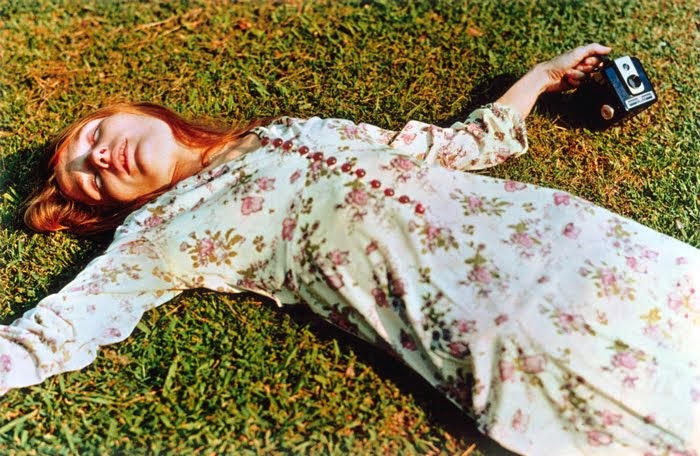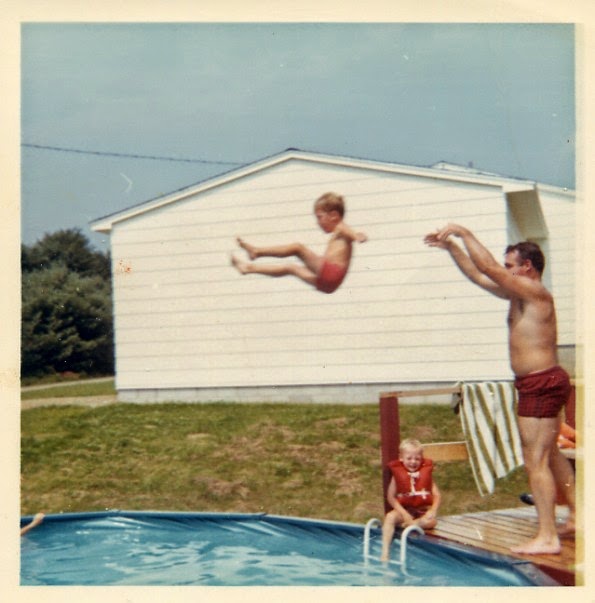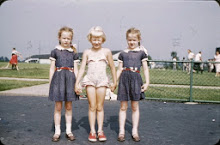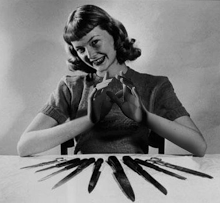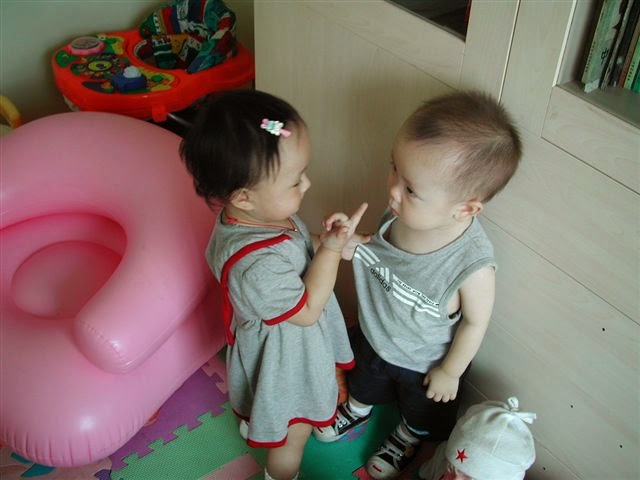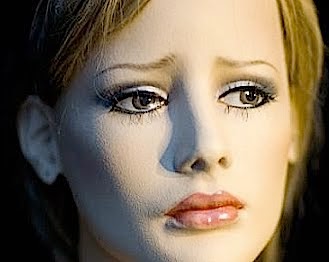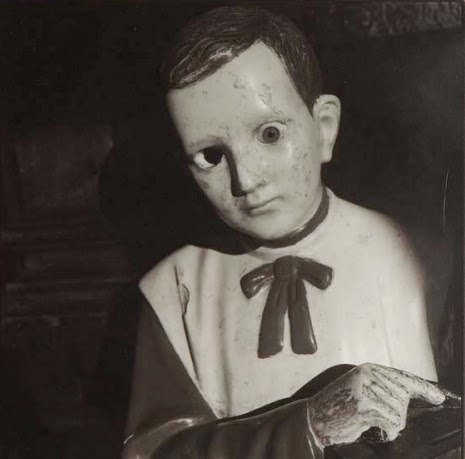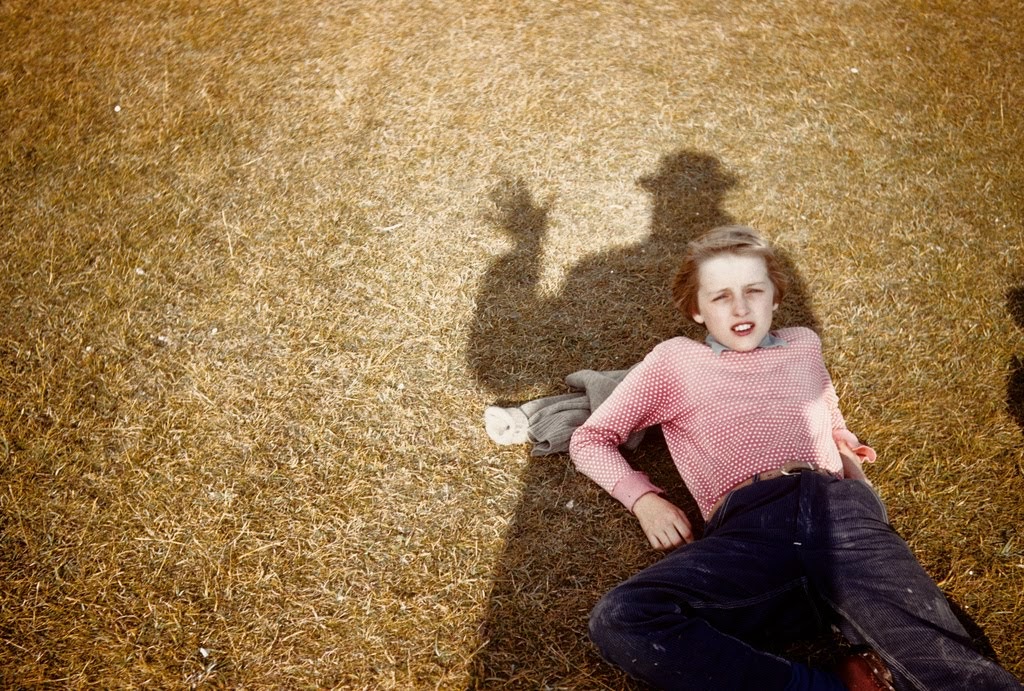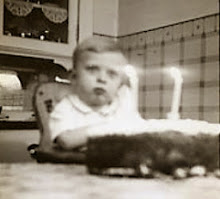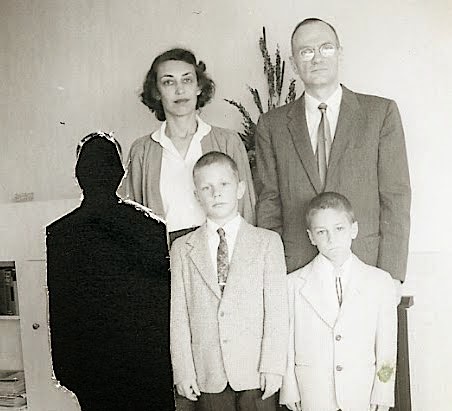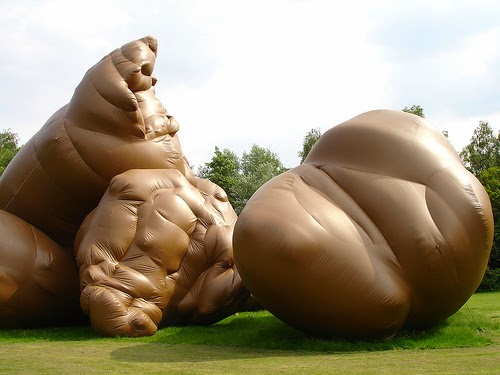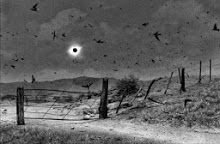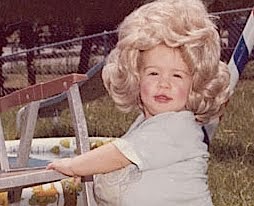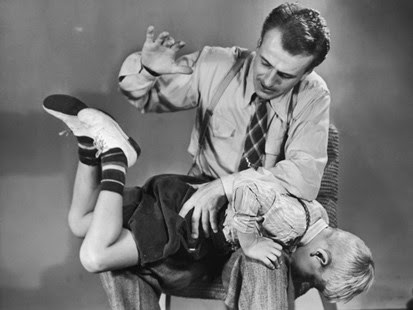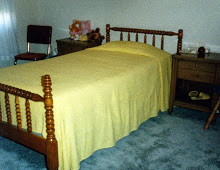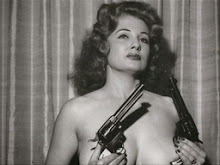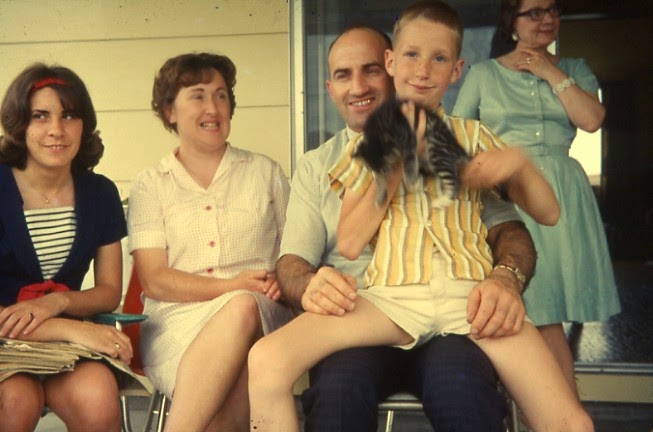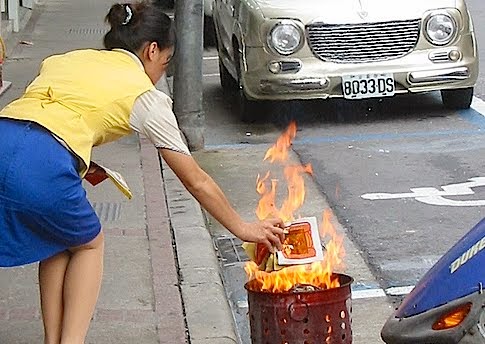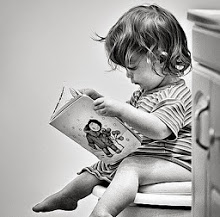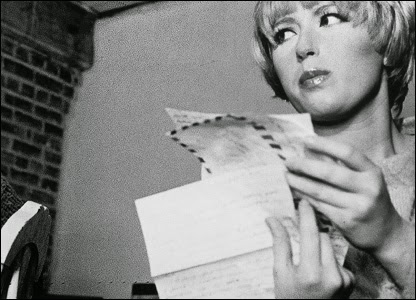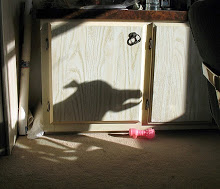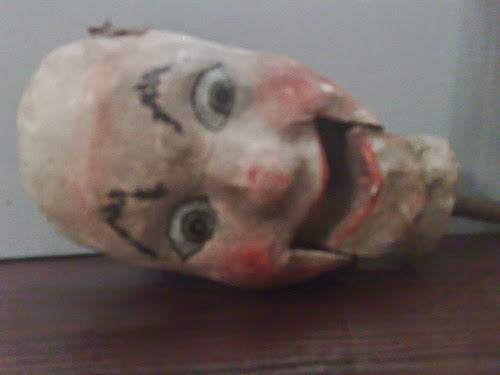 Here is the protocol to follow with papers for this class. A good practice is to always ask the professor to provide an example of how they would like citations referenced---although citing practices are becoming more streamlined and more consistent across the disciplines, there are still some differences in style guides and citation procedures (if you are publishing an article, the journal or editor will always provide you with a style sheet to follow).
Here is the protocol to follow with papers for this class. A good practice is to always ask the professor to provide an example of how they would like citations referenced---although citing practices are becoming more streamlined and more consistent across the disciplines, there are still some differences in style guides and citation procedures (if you are publishing an article, the journal or editor will always provide you with a style sheet to follow).Embedded citations (used in MLA style) are nice and simple. For an embedded citation, you simply put a parenthetical reference to the work from where you got your information. This information may have been paraphrased or directly quoted; either way, the information is not your original work and must be attributed to its author.
The idea of parenthetical references is to keep the flow of the paper as smooth as possible and make it easy for the reader to find the reference in your Works Cited page at the end of your essay. Your Works Cited page will list all your references in alphabetical order by author's last name (or title in the case of work with no author given).
Thus, if you have mentioned the author in your writing, you simply cite the page number, if you have not, then you cite both author's last name and page number. For example:
In the opening of The Turn of the Screw, Douglas remarks, "The story won't tell...not in any literal or vulgar way." (James, 5)
At the beginning of James's novel, Douglas remarks, "The story won't tell...not in any literal or vulgar way." (5)
If you don't have an author to cite, use a shortened form of the work's title.
In organizing your Works Cited page, follow these examples (MLA style):
Book:
Lastname, Firstname. Title. City: Publisher, Date.
Essay in a Book of Essays:
Lastname, Firstname. "Title of Essay." Title of Book. Editor's Firstname Lastname. City: Publisher, Date.
Periodical:
Lastname, Firstname. "Title." Periodical day month year.
Journal:
Lastname, Firstname. "Title." Journal volume (year).
Web page (blogs and other online sources): Web page format and content vary widely. Use the following guidelines (blogger software will not allow me to type the term "URL" enclosed in <> marks. But that is the format you should follow):
General:
Lastname, Firstname. "Article Title." Site Name. Organization name if pertinent. Article date. Date of access
With no author and no page date:
"Article Title." Site Name. Organization name if pertinent. Date of access. End with URL enclosed in <> marks
Site with no site name:
Lastname, Firstname. "Article Title." Home Page. Article date. Date of Access. End with URL enclosed in <> marks
Note: If there are no page numbers, as is usual with Web documents, do not make up one or use the number one (as in "Jones 1") to cover the whole document. Use a number only when there is a number.Class materials with no publication information/page numbers/other data:
Craft a citation using the information you have; you will at least have author's name and the title of the story or essay.
I think this covers all the situations you will encounter in writing this paper.
For any other questions you may have, feel free to ask.

















